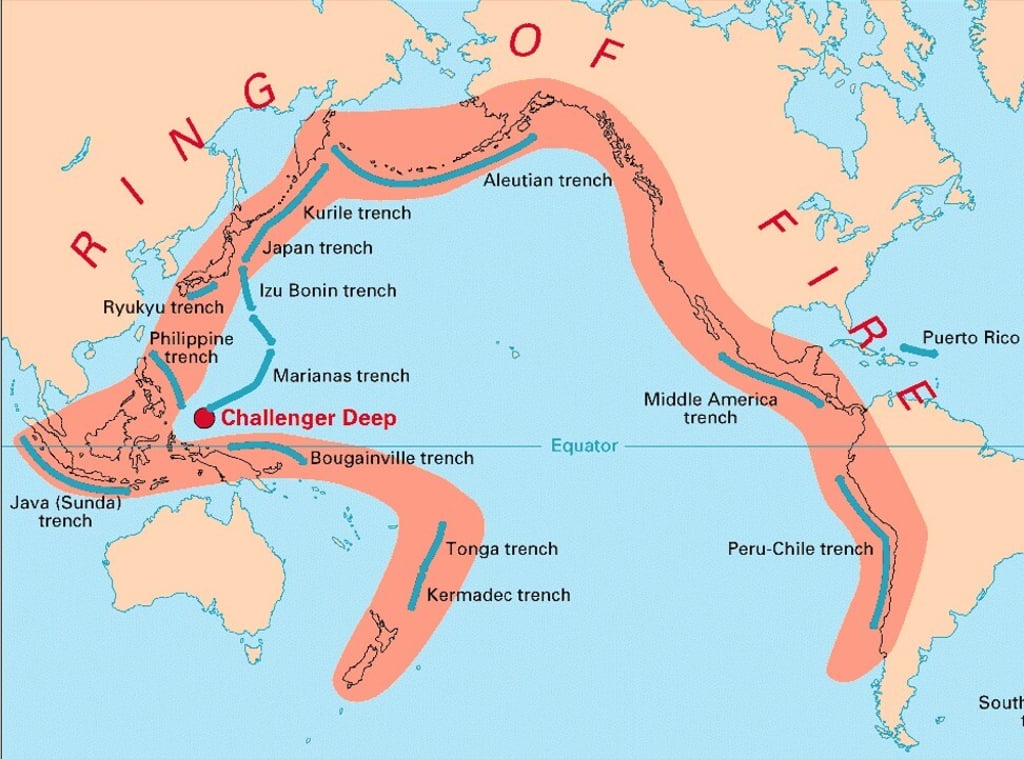Advertisement
Explainer | Asia’s deadliest eruptions – and four volcanoes to watch
- Volcanoes are an unpredictable, ever-present hazard that can sometimes erupt without warning, as explosion in New Zealand’s White Island shows
- We list seven of the region’s biggest and most recent notable eruptions – and four of Asia’s volcanoes to watch
Reading Time:3 minutes
Why you can trust SCMP
0

Predicting when a volcano might erupt is notoriously difficult, and if the prediction is wrong the consequences can be devastating – as seen with the explosion on New Zealand’s White Island on Monday that claimed up to 16 lives and left dozens seriously injured.
Scientists are able to monitor emissions of gases, the shape of the volcano itself and whether there has been any recent earthquakes to gauge how likely an eruption might be.
But anticipating whether such signals indicate an imminent eruption, or one that’s weeks, months or even years away, depends entirely upon the individual volcano – and sometimes the increase in activity is so sudden that no warning can be given or alarm raised.
There are thousands of active and dormant volcanoes that encircle the Pacific Ocean – often referred to as the “Ring of Fire”. Most lie far from major cities and are watched carefully for signs of danger, but some are much closer to population centres. In Indonesia, for example, an estimated 8.6 million people live within 10 kilometres of a volcano.
Here, we list seven of the region’s biggest and most recent notable eruptions – and four volcanoes to watch …
Advertisement
